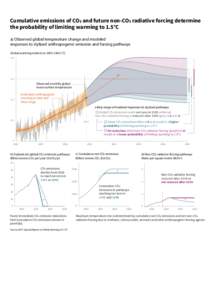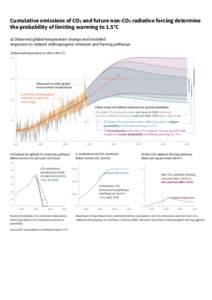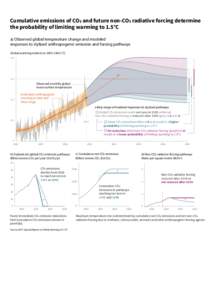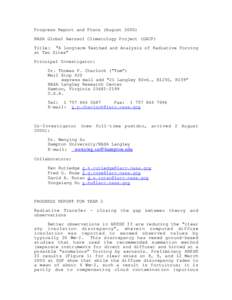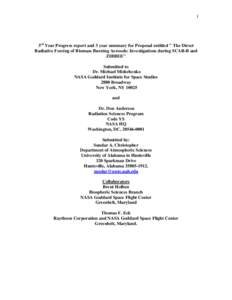<--- Back to Details
| First Page | Document Content | |
|---|---|---|
 Date: 2011-03-16 10:15:16Climate forcing Global warming Physical oceanography Effects of global warming Computational science Global climate model IPCC Fourth Assessment Report Current sea level rise Radiative forcing Climate change Atmospheric sciences Climatology |
Add to Reading List |
 GFDL Sea Level Experiments R.J. Stouffer, K.W. Dixon, T.L. Delworth, T.R. Knutson, M. Winton GFDL GFDL has recently developed two new AOGCMs. These two models are very different from the earlier GFDL models. An importan
GFDL Sea Level Experiments R.J. Stouffer, K.W. Dixon, T.L. Delworth, T.R. Knutson, M. Winton GFDL GFDL has recently developed two new AOGCMs. These two models are very different from the earlier GFDL models. An importan